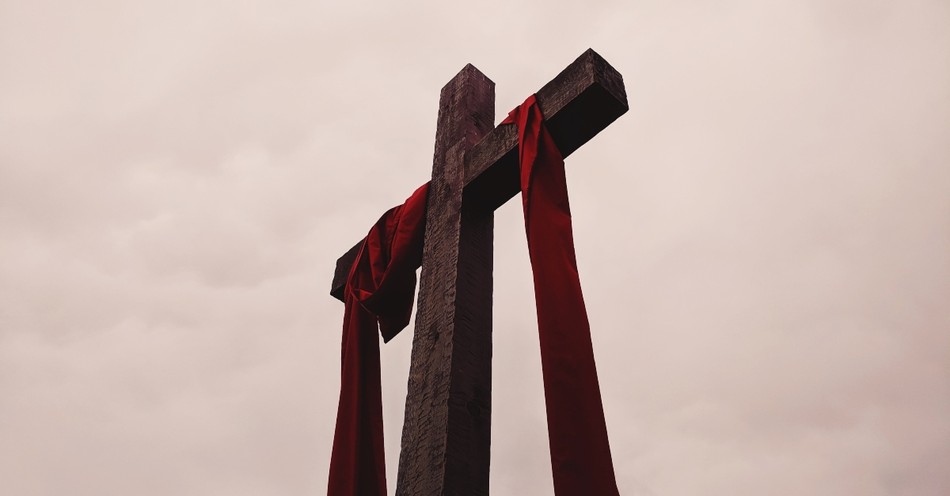Holy Week, also known as Passion Week, is the week leading up to Easter Sunday and is a significant period in the Christian calendar.
Holy Week Timeline 2025
Below is a complete timeline of the Holy Week of Easter, often called the Passion Week of Jesus Christ, that spans from Palm Sunday to Resurrection Sunday.
1 This column represents standard First Century Jewish day/night cycles—sundown to sundown. Notice that the slaying of the lambs "between the evenings" on Nisan 14 would, in this case, happen on Friday afternoon (which is when, according to John 18:28, the Jewish authorities intended to keep the feast).
2 This column represents the day/night cycles, which are possibly popular among the Galilean Jews, from sunup to sunup. Notice that the slaying of the lambs "between the evenings" on Nisan 14 would, in this case, happen on Thursday afternoon (which is when Jesus and His disciples kept the feast).
3 This column represents modern-day/night cycles—midnight to midnight.
Use our 8-Day Prayer and Scripture Guide - Praying Through the Holy Week. Print your own copy for a beautiful daily devotional leading up to Easter.
| Nisan 1 1 | Nisan 1 2 | Sunday 3 April 13 | Palm Sunday: The Triumphal Entry into Jerusalem
| |||
| Nisan 2 | ||||||
| Nisan 2 | ||||||
| Monday April 14 | Holy Monday
| |||||
| Nisan 3 | ||||||
| Nisan 3 | ||||||
| Tuesday April 15 | Holy Tuesday
| |||||
| Nisan 4 | ||||||
| Nisan 4 | ||||||
| Wednesday April 16 | Holy Wednesday Silent Day
| |||||
| Nisan 5 | ||||||
| Nisan 5 | ||||||
| Thursday April 17 |
| |||||
| Nisan 6 | ||||||
| Nisan 6 | ||||||
| Friday April 18 | Good Friday: The Trials of Jesus Christ
About 3 pm, veil torn, rocks rent; some graves opened, and people rise [to mortality] and go into the city
| |||||
| Nisan 7 | ||||||
| Nisan 7 | ||||||
| Saturday April 19 | Holy Saturday
| |||||
| Nisan 8 | ||||||
| Nisan 8 | ||||||
| Sunday April 20 | Easter Sunday: Resurrection Day Jesus Christ rises from the dead (before dawn) and makes five appearances on the day of His rising:
| |||||
| Nisan 9 | ||||||
| Nisan 9 | ||||||
1 This column represents standard First Century Jewish day/night cycles—sundown to sundown. Notice that the slaying of the lambs "between the evenings" on Nisan 14 would, in this case, happen on Friday afternoon (which is when, according to John 18:28, the Jewish authorities intended to keep the feast).
2 This column represents the day/night cycles, which are possibly popular among the Galilean Jews, from sunup to sunup. Notice that slaying of the lambs "between the evenings" on Nisan 14 would in this case happen on Thursday afternoon (which is when Jesus and His disciples kept the feast).
3 This column represents modern-day/night cycles—midnight to midnight.
Information courtesy of Dr. Doug Bookman of Bookman Ministries
Holy Week Timeline Summary
Palm Sunday:
Meaning: Commemorates Jesus' triumphal entry into Jerusalem.
Importance: Fulfillment of prophecy and the beginning of the end of Jesus' earthly ministry.
Bible Verses: Matthew 21:1-11, Mark 11:1-11, Luke 19:28-44, John 12:12-19.
Monday of Holy Week (Holy Monday):
Meaning: Jesus' cleansing of the Temple.
Importance: Emphasizes the purity and sanctity of God's house.
Bible Verses: Matthew 21:12-17, Mark 11:15-19, Luke 19:45-48.
Tuesday of Holy Week (Holy Tuesday):
Meaning: Teaching and parables, including the Olivet Discourse.
Importance: Jesus' preparation of His disciples for what is to come.
Bible Verses: Matthew 21:23-26:5, Mark 11:20-13:37, Luke 20:1-21:36.
Wednesday of Holy Week (Spy Wednesday):
Meaning: Judas' agreement to betray Jesus.
Importance: The turning point towards Jesus' arrest.
Bible Verses: Matthew 26:14-16, Mark 14:10-11, Luke 22:1-6.
Maundy Thursday:
Meaning: Jesus celebrates the Passover Seder meal with the apostles, washing of disciples' feet, institution of the Lord's Supper.
Importance: Establishes the sacrament of communion.
Bible Verses: Matthew 26:17-30, Mark 14:12-26, Luke 22:7-39, John 13:1-17:26.
Good Friday:
Meaning: Crucifixion and death of Jesus.
Importance: Atonement for sins through Jesus' sacrifice.
Bible Verses: Matthew 27:1-61, Mark 15:1-47, Luke 23:1-56, John 18:28-19:42.
Holy Saturday (Black Saturday):
Meaning: Jesus' body in the tomb.
Importance: A day of reflection and waiting.
Bible Verses: Matthew 27:62-66.
Easter Sunday:
Meaning: Resurrection of Jesus.
Importance: Victory over sin and death, the foundation of the Christian faith.
Bible Verses: Matthew 28:1-10, Mark 16:1-8, Luke 24:1-12, John 20:1-18.
Photo Credit: Thinkstock/Azerberber
Learn more about the meaning and significance behind the Easter holiday and Holy Week celebrations:
What is Lent? and When Does Lent Start?
What is Ash Wednesday? and When is Ash Wednesday?
What is Palm Sunday?
What is Maundy Thursday?
What is Good Friday? and When is Good Friday?
What is Holy Saturday?
What is Easter? and When is Easter Sunday?
Easter Bible Verses
The Resurrection of Jesus
Easter Prayers



